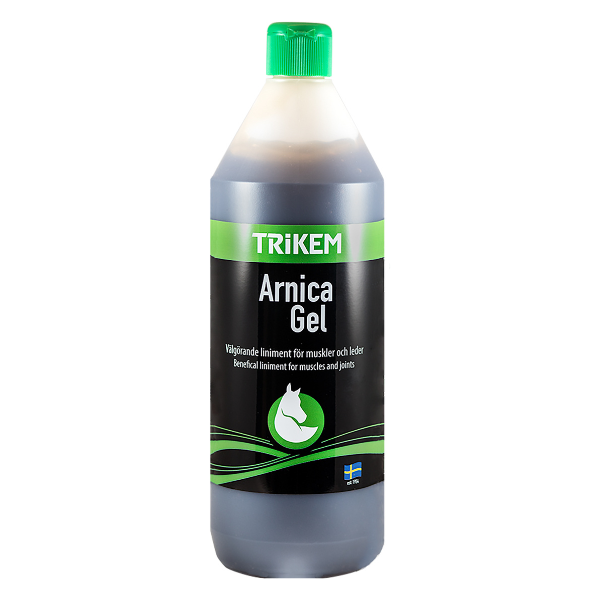

This exposure may reduce the body’s tendency to develop an allergic reaction against common allergens.

It has also been suggested that some exposure to certain microbes may actually help regulate the immune system. Researchers have suggested that the modern obsession with cleanliness may be partly responsible for the increase in allergic asthma and conditions such as hay fever External Link (allergic rhinitis). Antibacterial cleaning products and allergies Effective hand washing with soap, and household cleaning using warm water and a plain detergent, is the cheapest way to get rid of germs.Īvoid antibacterial or antimicrobial products – they are more expensive, no more effective at cleaning and their widespread use may pose a wider health risk. Healthy households do not need antibacterial cleaning products. Soap and water is just as effective as antibacterial cleaning products This could be harmful if the ratio of good to bad bacteria is disturbed, and bad bacteria get the upper hand. When you use antibacterial or antimicrobial cleaning products, good bacteria are also killed. The ‘good’ bacteria that naturally live on and inside our bodies help us stay healthy by keeping the numbers of ‘bad’, disease-causing bacteria under control. For example, intestinal bacteria help us to digest food. In response to this, the Australian Government has produced Australia’s first national antimicrobial resistance strategy External Link 2015–2019 – Responding to the threat of antimicrobial resistance to outline areas for activity and actions being undertaken. The World Health Organization refers to antimicrobial resistance as “a looming crisis in which common and treatable infections are becoming life threatening”. For example, they are not mixed according to the manufacturer’s instructions (more is not better).Īntibacterials such as triclosan can enter the environment and accumulate over time, leading to antibiotic resistance. Resistant strains of bacteria can lead to increased infection risk in the community, and in hospitals and other healthcare settings.ĭisinfectants are often not used correctly.These strains can become resistant to antibiotics and disinfectants. When exposed to antibacterial or antimicrobial cleaning products, most bacteria will die, but some may survive and multiply.There may not be enough of the antibacterial or antimicrobial agent in these cleaning products to destroy bacteria completely.

There is evidence that the use of antibacterial and antimicrobial cleaning products – combined with the over-prescription of antibiotics – may produce strains of bacteria that are resistant to disinfectants and antibiotics. Cleaning products may contribute to antibiotic resistance Their widespread use in the home could make some bacteria resistant to these antibacterial substances. These ingredients are valuable in hospitals and other healthcare settings, but their effectiveness could be compromised by unnecessary domestic use. Many of these products contain antibacterial agents such as triclosan. Household products that are labelled as antibacterial, antiseptic or antimicrobial include: Household products containing antibacterial agents These cleaning products are no more effective at preventing infection in the home than good personal and household hygiene using ordinary soap, warm water and plain detergent.Īvoid using antibacterial or antimicrobial products unless you have a specific medical reason to do so. Bacteria that are resistant to many antibiotics are known as multi-resistant organisms (MROs).Īs a marketing strategy, media advertisements suggest that bacteria in the home are harmful and must be eliminated by using any number of the antibacterial or antimicrobial products available. The overuse of antibacterial cleaning products, including disinfectants in the home, may be producing strains of bacteria that are resistant to multiple antibiotics.


 0 kommentar(er)
0 kommentar(er)
